Marine culture is the soul of national defense: Part 1 - On the restless waves
Whale Temple, also known as Whale Temple, is a familiar image. In the minds of coastal people, Whale is not only a god of rescue in the midst of strong winds and waves, but also an embodiment of sacredness, protecting each voyage.
The whale skeleton once set a record as the largest in Vietnam - a sacred spiritual symbol associated with the belief of fishermen in the Central region who revere "Ong" - the guardian god of the sea.
Many temples were built by the sea, simple but meaningful: from the Whale Temple in Thuan An village (Hue), the Lang Ong Temple in Nam O village ( Da Nang ), to the Am Hon Temple shaped like a ship in Duc Loi (Quang Ngai).
Where memory becomes sacred
Every year, in early spring or mid-year, fishing villages hold a fishing festival, a unique folk ritual associated with the worship of Whale. This is an occasion for the whole village to gather, offer sacrifices, perform, and pray for calm seas, a bountiful fishing season, and a safe return.
In Hue , the fishing festival in Thai Duong Ha village (Huong Tra) was recognized as a national intangible heritage. The ceremony lasts for many days with all the rituals and festivals: carrying the whale spirit tablet, offering sacrifices, performing folk songs, singing and simulating the scene of fishermen going out to sea to catch fish.
Spiritual ritual connects coastal communities
The songs resounding in the sea and sky seem to echo memories, reminding us of the many generations who fell into the ocean to protect our homeland's sea.
In Da Nang, the Nam O village fishing festival also has a strong local identity, associated with the tradition of catching anchovies and making fish sauce. People set up stalls, offer incense, and perform rituals right on the sand, then organize the singing of the boat, a form of collective singing and dancing by young men describing the work on the boat.
Those lyrics and movements are not only art, but also a connection between the present and our ancestors.
The tradition of protecting the sea is preserved and spread through generations.
The space of the shrines is also the living museum of the fishing village. There, each horizontal lacquered board, each parallel sentence, each worship boat has its own story.
There are places that preserve whale skeletons tens of meters long; there are places that erect memorials to fishermen who died in storms or while fishing far from shore.
In Quang Ngai , Am Hon Temple in Duc Loi commune stands out with its architecture imitating a giant ship, symbolizing the arduous journey at sea. Inside the temple is a place to worship those who lost their lives at sea.
The memorial ceremony here is not noisy but quiet, like the whisper of the waves, of sacred memories preserved through many generations.
Preserve culture, preserve sovereignty
The cultural heritage of the sea is not only present in rituals, but also in daily life, in lullabies, folk songs, rice pounding songs, mai nhi songs, and ba trao songs. These simple songs, crystallized from labor, beliefs, and the soul of the sea, are gradually being revived and spread.
The tradition of protecting the sea is preserved and spread through generations.
In Hue City, the project to digitize Ho Mai Nhi and Ho Hue Tinh was carried out by a group of students and artisans from Phu Thuan fishing village with the support of cultural researchers. The recordings, videos, and narrations were posted on an online platform, helping young people get closer to the heritage.
In Da Nang (formerly Quang Nam), the bai choi and hat sac bua clubs at schools have incorporated the content of the sea and islands, associated with historical events about Hoang Sa and Truong Sa. Culture is no longer confined to temples, but has entered life, entered the classroom, and spread on social networks.
Preserving the skeleton is not only a precious natural relic, but also a sacred symbol, demonstrating faith and gratitude towards the ocean, a place of survival, a place of sovereignty, a place where culture has been passed down for generations.
Many people believe that preserving marine culture is also a way to preserve the sea. Because only when fishermen still go to the Ong temple, still sing Ba Trao, still consider the sea as flesh and blood, then the sea is a living part, not just a resource.
Since then, many localities have begun to re-evaluate the role of cultural and religious spaces, not as dead relics, but as living entities. Restoring temples, restoring festivals, teaching folk songs, linking heritage with school education or community tourism… are ways to extend the life of coastal culture.
Looking from the sea to the shore, we not only see roofs and coconut trees, but also simple temples still emitting incense smoke. In the sea breeze, the rustic folk songs, imbued with love and pride, still echo.
That is culture, identity, the sacred soul of the mountains and rivers. And it is from these values that the people of Central Vietnam, through many generations, have been preserving the sea not only with ships, but also with their hearts turned towards the Fatherland.
Source: https://baovanhoa.vn/van-hoa/bai-2-mieu-tho-va-nhung-loi-ho-noi-van-hoa-bien-neo-dau-151754.html


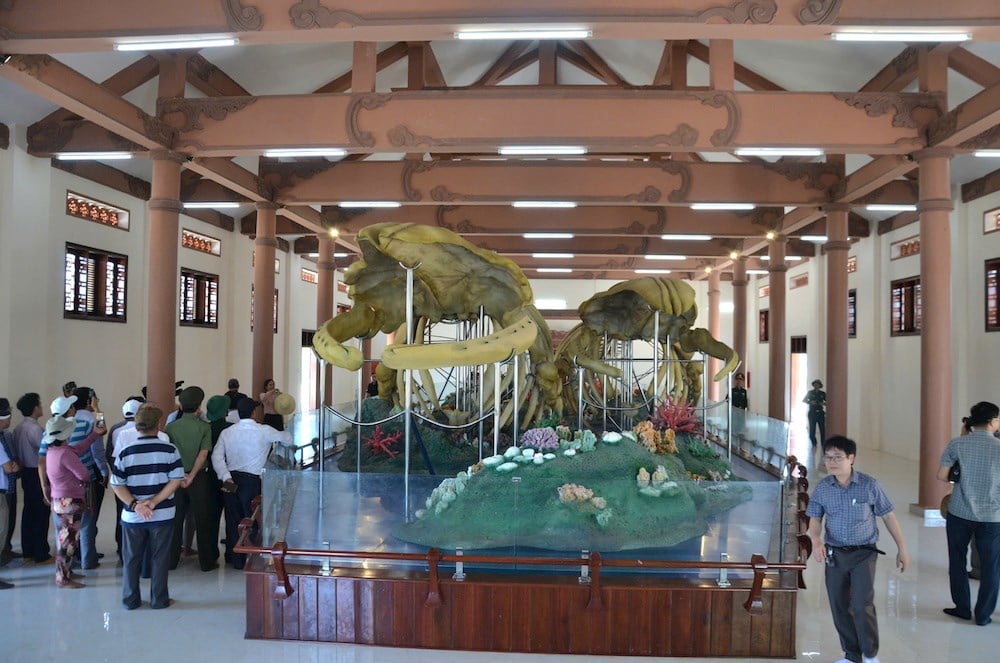
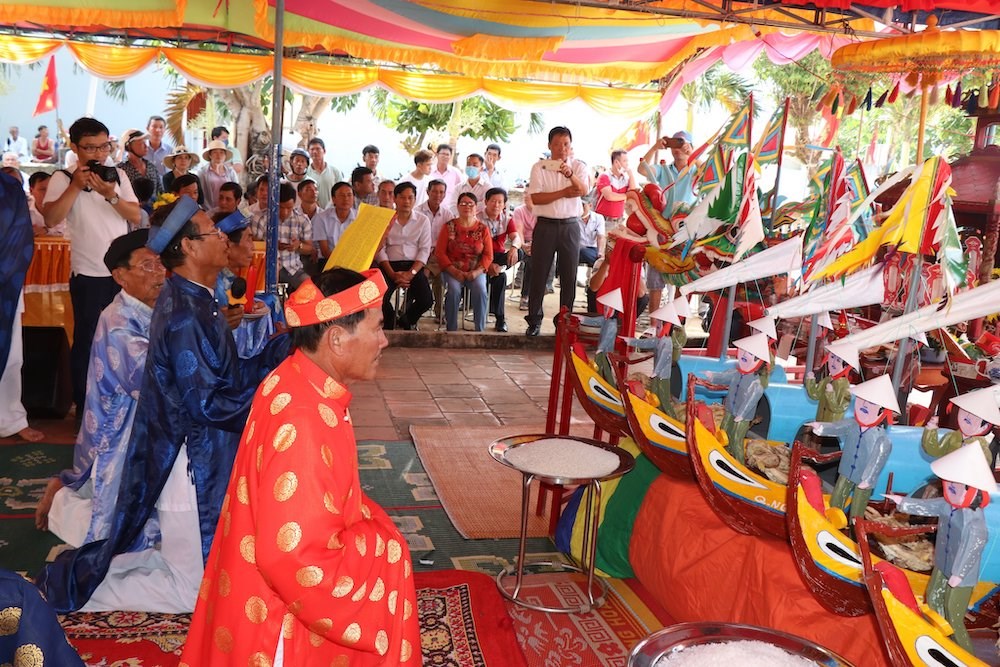
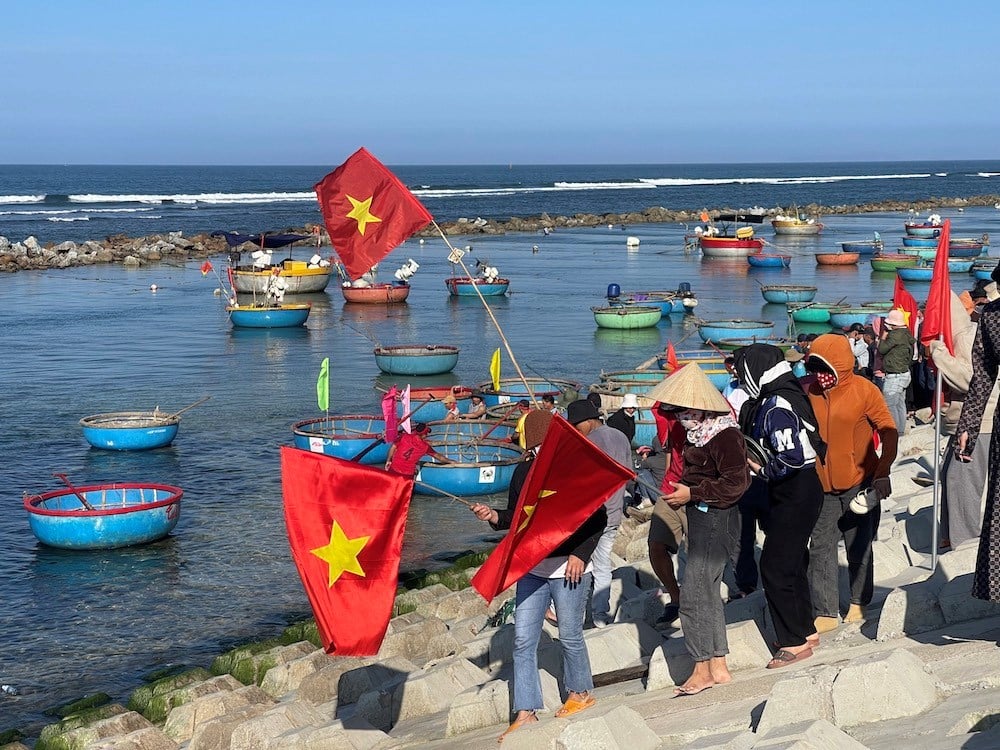
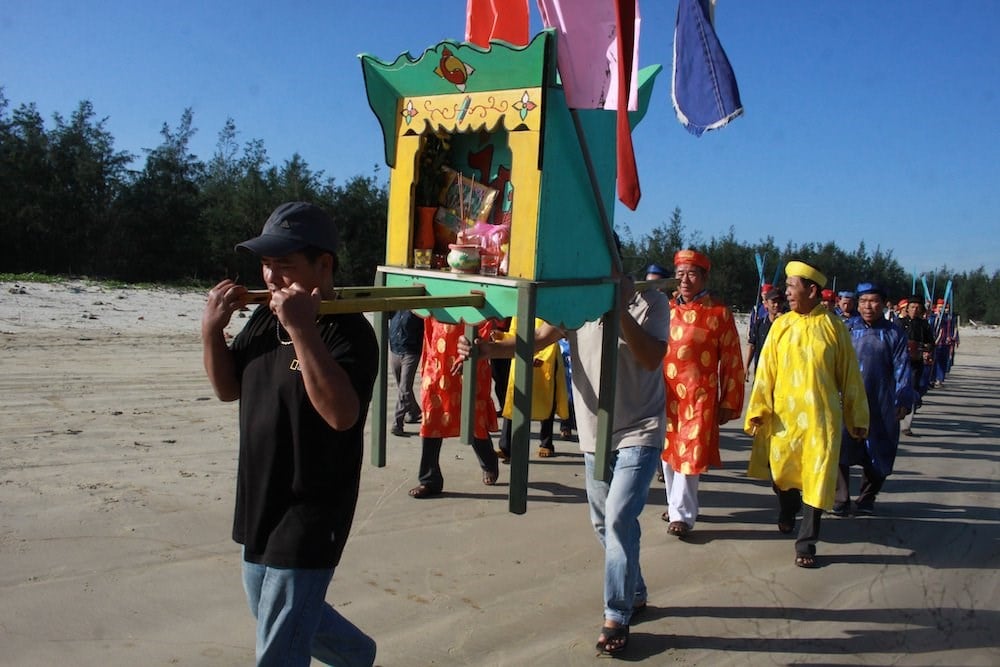
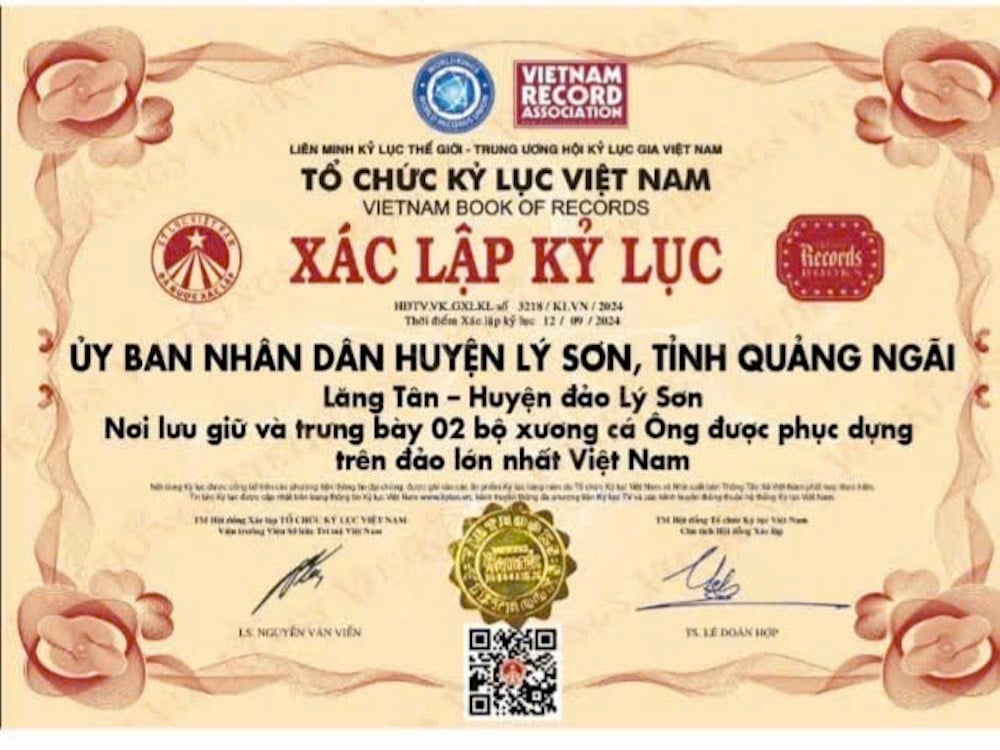
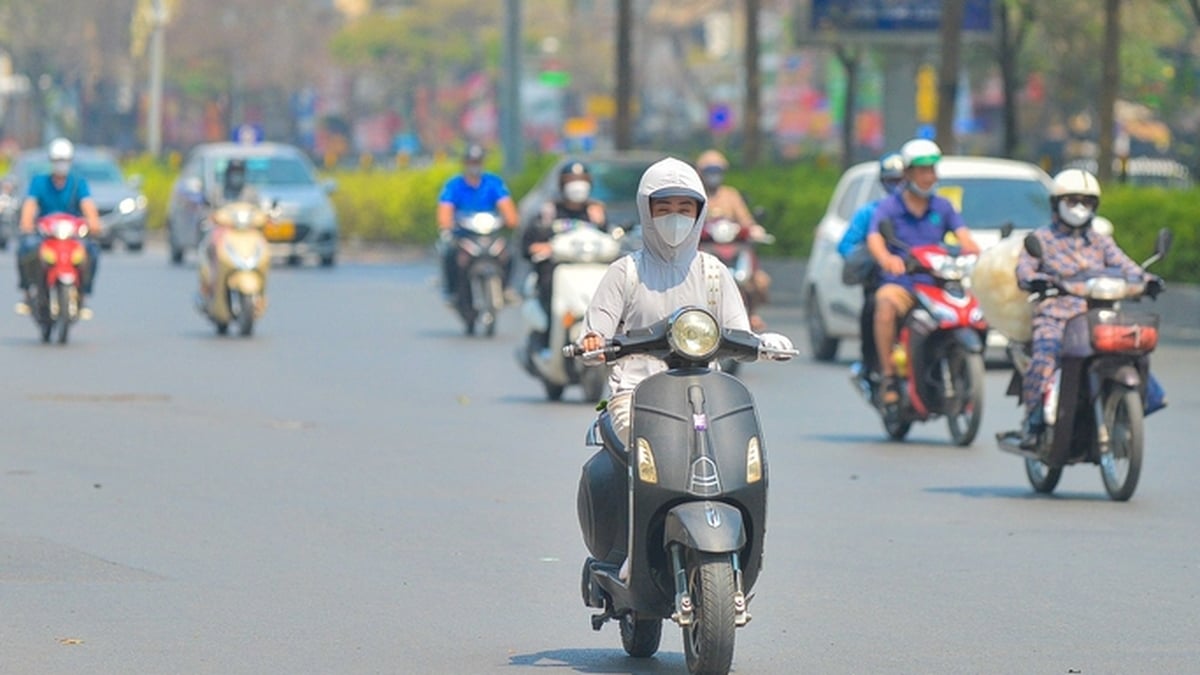





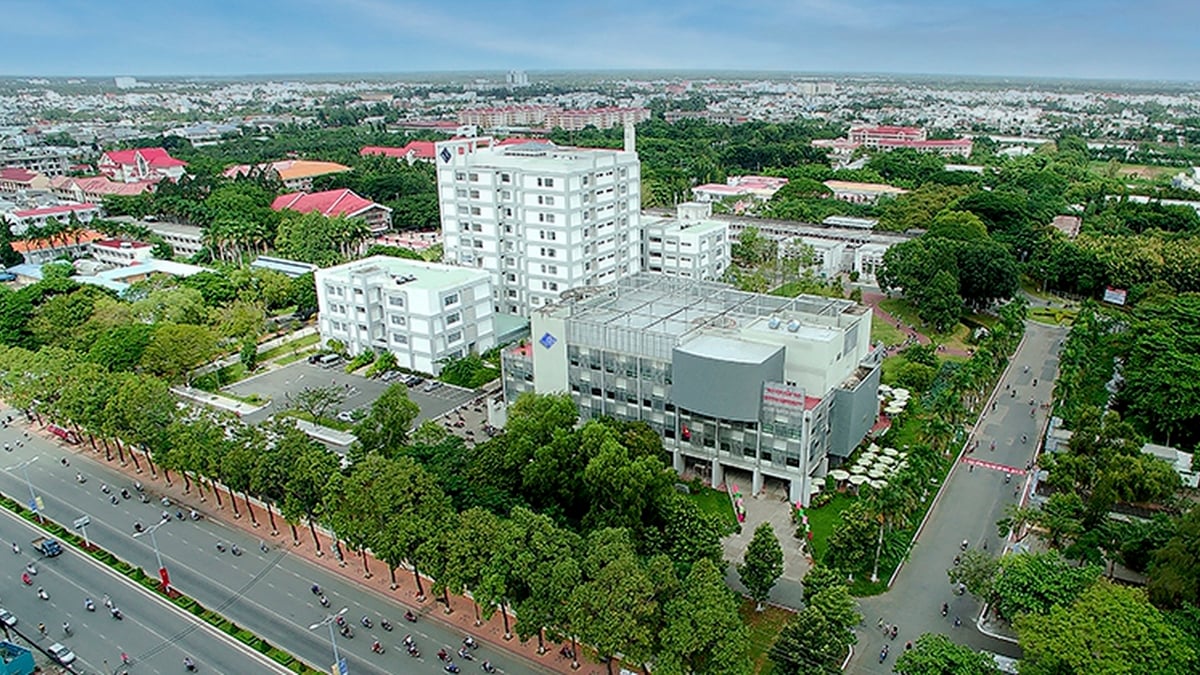




























































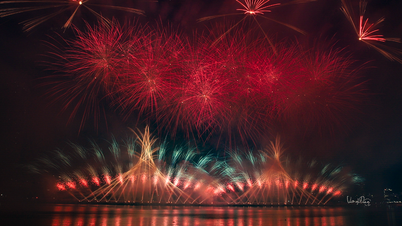

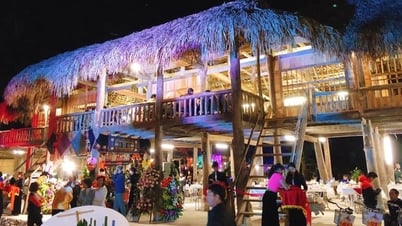




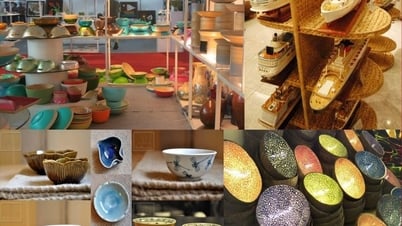
























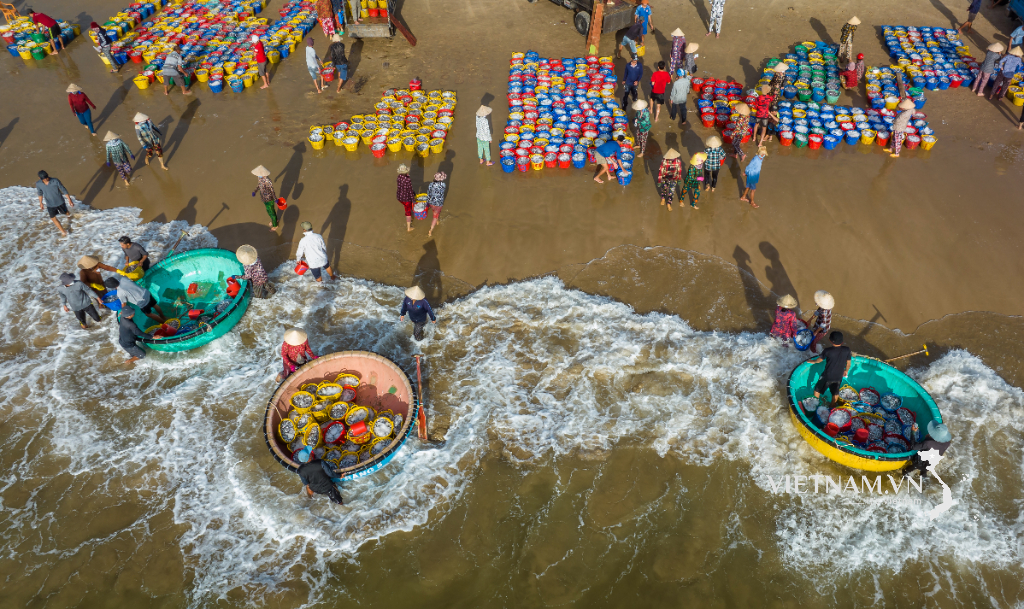
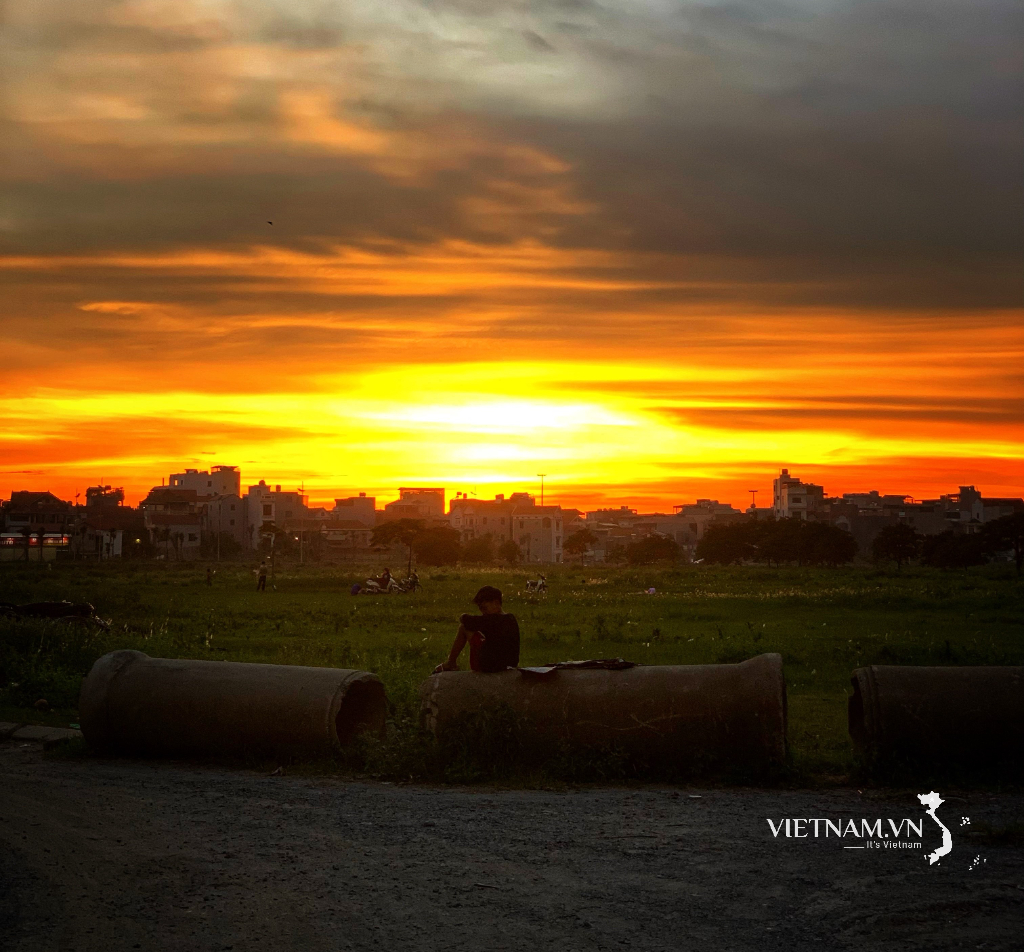

Comment (0)